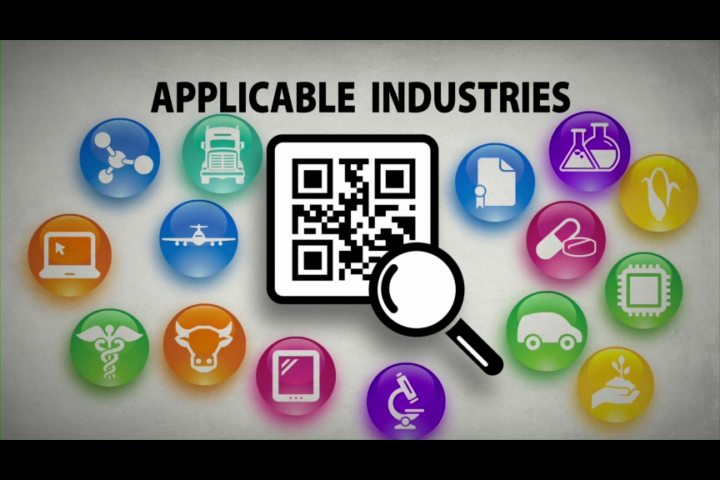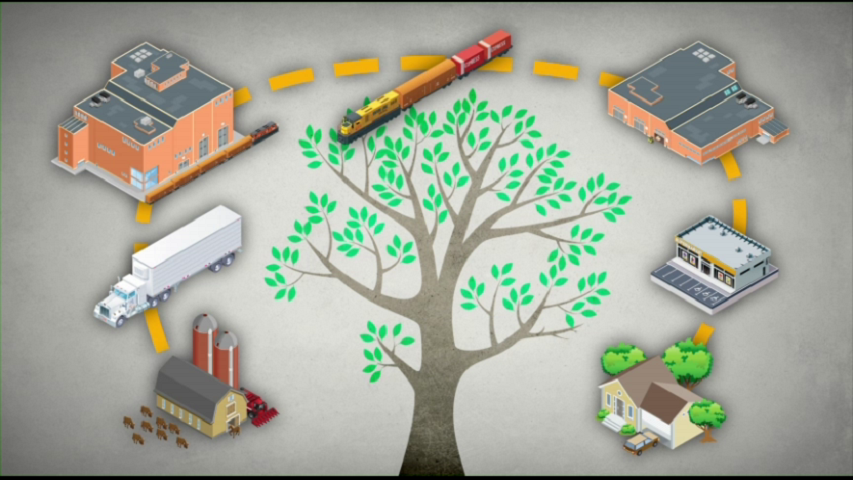Situation:
The typical time to transform a prototype product into a full production product was 3-5 months, with anywhere from 3 to 7 engineering revisions possible during that period to “tweak” the product into its desired operational specification envelope. During this time, from several hundred to literally thousands of individual units would typically be built, assembled, and tested for each of the revisions.
Target:
This research project was undertaken to attempt to understand and gauge the potential impact to the Time to Market development cycle. And in particular, the engineering organization wanted to determine whether or not the application of sampling of the product, linked with the statistical analyses could positively impact the development cycle without negatively impacting the quality of the final product at the end of that development.
Plan:
Identify each specific unit made in each “engineering” batch and use this identification to pinpoint problem areas within the batch. Gradually reduce the number of units to be “built out” from each batch as directed by engineering personnel, potentially eliminating the need to fully test EVERY unit from the batch before making a change to manufacturing processing. Continue to reduce the number of units assembled and therefore tested throughout the development lifecycle to determine the impact of this item level analysis.
Result:
Representative test units were actually reduced from 100% per batch to 2-3% per
batch! Turn around time between engineering versions was reduced by more than an
order of magnitude! Total TIME to MARKET was reduced by a minimum of 30%!
Bonus! Additionally, capital equipment required to conduct testing reduced by an
order of magnitude (at $1-2M/test system)! Test equipment was actually removed from
the engineering development areas and turned over to production facilities for use
in testing the final, full production release of the new product. Over and above
this capital savings, the effective use of engineers’ development of products was
significantly improved by the faster product development turnaround time.
![[ IMG: Trego Integrated Systems ]](/image/trego.png)





